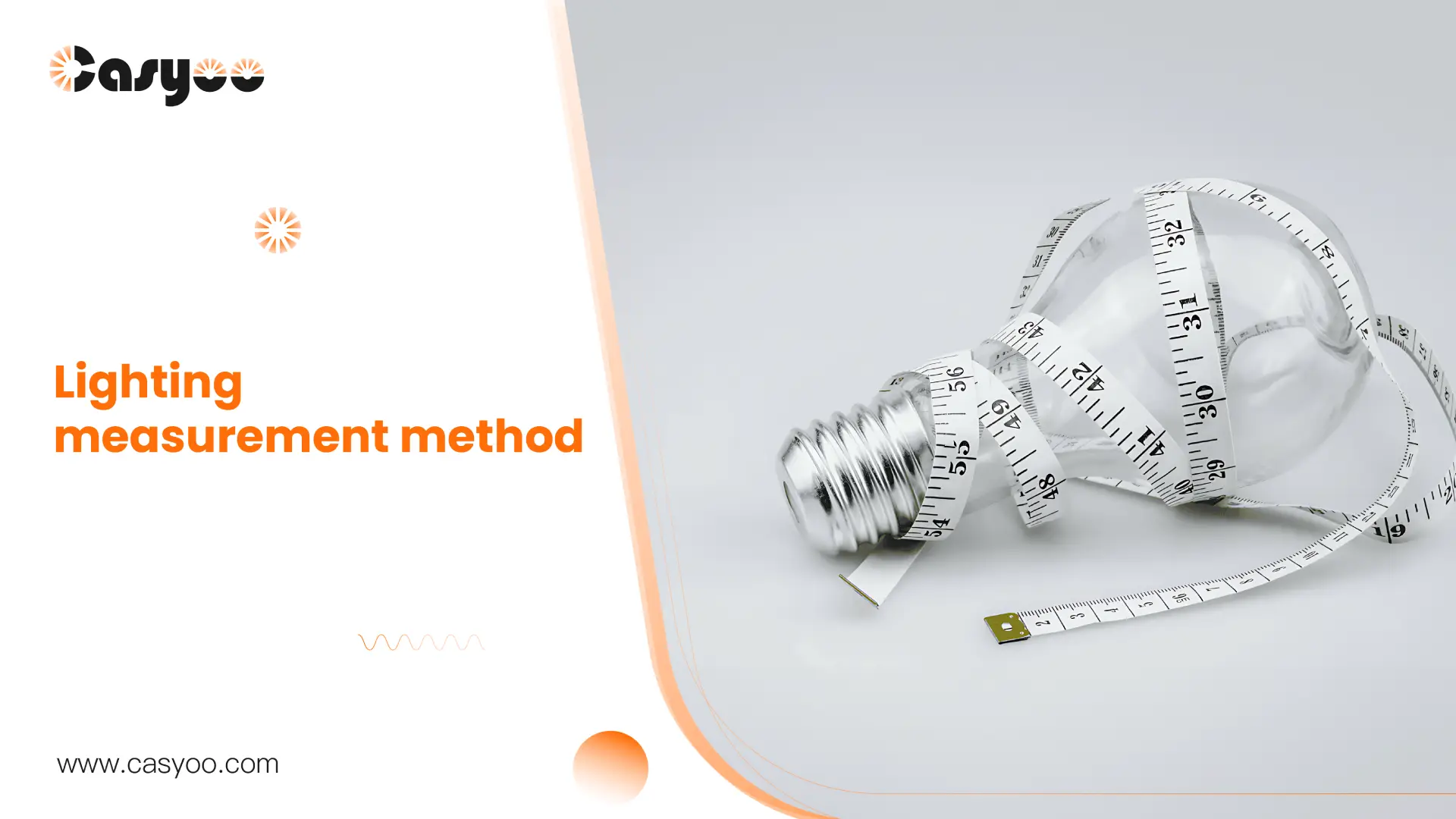Lighting refers to the use of various light sources and lighting equipment to provide appropriate illumination and lighting quality in the workplace and living environment, in order to meet people’s needs for visual work and life. Lighting measurement method is an important means of evaluating lighting quality. By measuring lighting parameters, the performance of lighting systems can be objectively evaluated, providing a basis for lighting design and engineering. This article will introduce several common lighting measurement methods.
Illumination Measurement
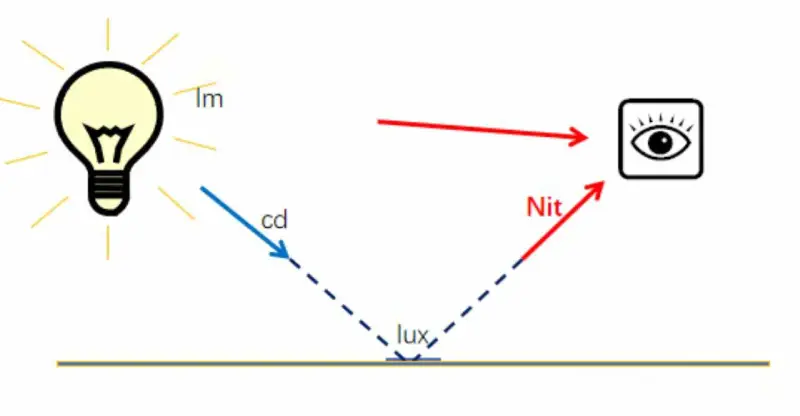
Illuminance refers to the amount of light received per unit area, usually measured in lux. Illumination measurement is one of the most basic parameters in lighting measurement, and commonly used measuring instruments include illuminance meters and photometers. When measuring illuminance, attention should be paid to selecting appropriate measurement positions and heights to ensure the accuracy and representativeness of the measurement results.
Illumination measurement method:
- Photodiode detection method: A photodiode is a device that converts light signals into electrical signals and can be used to measure light intensity. By placing a photodiode at the location where illumination is to be measured, the light signal enters the photodiode and generates an electrical signal. The intensity of the electrical signal is measured through a circuit to obtain the value of illumination. This method is simple, fast, and widely used in illuminance measurement instruments.
- Photometer detection method: A photometer is an instrument specifically used to measure light intensity, which can accurately measure illuminance through built-in photoelectric devices such as photodiodes or photoresistors. When using a photometer for illuminance detection, simply place the photometer in the position where the illuminance is to be measured, and the instrument will automatically measure and display the illuminance value. The photometer detection method has high accuracy and good stability, and is commonly used in laboratories and engineering projects.
- Detection method for illuminance measuring instruments: In addition to photometers, there are also some specialized instruments for measuring illuminance, such as photometers, luxometers, etc. These instruments can accurately measure illuminance and provide digital display or output through built-in photoelectric sensors. When using an illuminance measuring instrument for illuminance detection, simply place the instrument in the position where the illuminance is to be measured to quickly and accurately measure the illuminance. This method is easy to operate and suitable for illuminance measurement in various occasions.
- Colorimetric method for detecting illuminance: Colorimetric method is a method of measuring substance concentration using a colorimeter and can also be applied to measure illuminance. The principle of measuring illuminance using colorimetric method is to indirectly measure illuminance by measuring the change in light transmittance through the relationship between illuminance and light transmittance. This method requires the use of instruments such as colorimeters, and the operation is relatively complex, but it is suitable for some special illumination measurement situations.
In general, there are various methods for detecting illuminance, and suitable methods can be selected for measurement according to actual needs. When choosing an illuminance detection method, comprehensive consideration should be given to factors such as measurement accuracy requirements and environmental conditions to ensure the accuracy and reliability of the measurement results. By using appropriate illumination detection methods, there can be
Efficiently achieve the accuracy and reliability of illuminance measurement.
Light Color Measurement
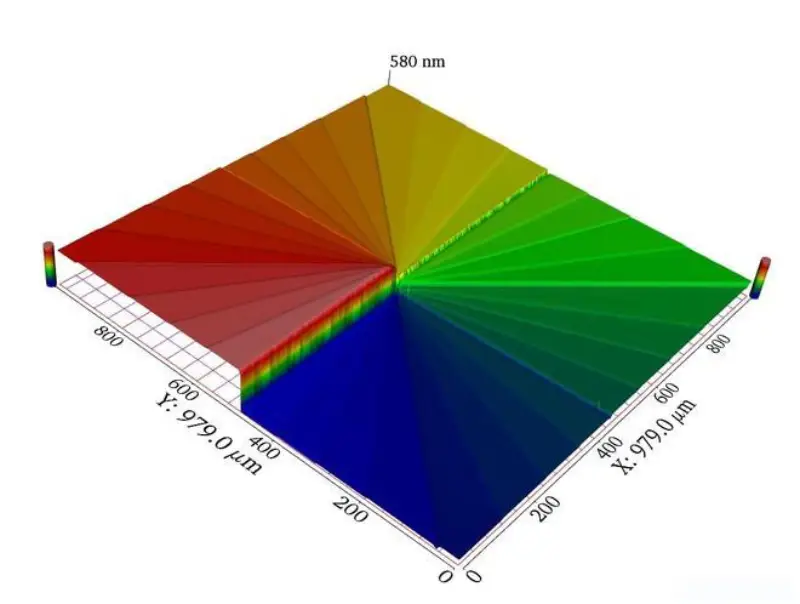
The color characteristics of light sources have a significant impact on lighting effects, and color measurement is an important means of evaluating the color performance of light sources. Common light color parameters include color temperature, color coordinates, and color index. By measuring light color, the color performance of light sources can be objectively evaluated, providing a basis for lighting design and product selection.
Color measurement is the process of determining the color of an object by measuring the light reflected or transmitted by the object. The commonly used instruments include: reflective spectral colorimeter, transmissive spectral colorimeter, spherical spectral colorimeter, and colorimeter.
- Reflective spectrophotometer: determines the color of an object by measuring its reflected spectrum. The principle is to irradiate the sample with a light source, decompose the reflected light of the sample into light of different wavelengths, and measure the intensity of each wavelength with a sensor to finally obtain the reflection spectrum of the object.
- Transmission spectrophotometer:Determine the color of an object by measuring the spectrum of the sample that passes through it. The principle is to irradiate the sample with a light source, decompose the light transmitted by the sample into light of different wavelengths, and measure the intensity of each wavelength with a sensor to finally obtain the transmission spectrum of the object.
- Spherical spectrophotometer:It can simultaneously measure the spectra of sample reflection and transmission. The principle is to place the sample in a spherical container, irradiate the sample with a light source, and the light reflected or transmitted by the sample is reflected back by the spherical container. It is then decomposed into light of different wavelengths by a spectrometer, and the intensity of each wavelength is measured by a sensor to obtain the spectrum of the sample.
- Color difference meter:Determine the color of an object by measuring the color difference between the sample and the standard sample. The principle is to illuminate the sample and standard sample with a light source, measure the reflected or transmitted spectra of the two samples with a sensor, and calculate the color difference between the two samples.
Beam Measurement
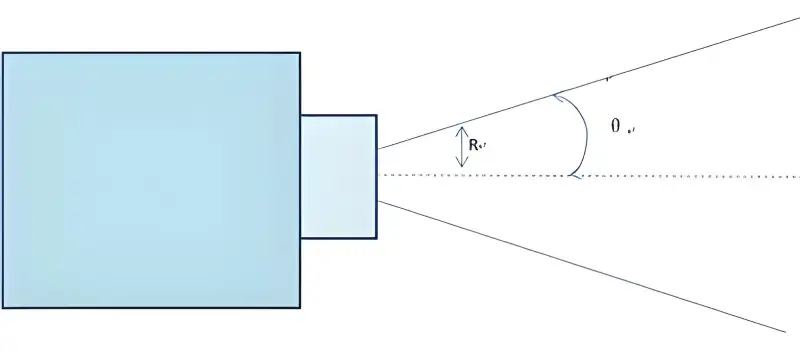
Beam refers to the luminous flux emitted by a light source per unit time, usually measured in lumens (lm). Beam measurement is an important means of evaluating the luminous flux of a light source. Through beam measurement, the brightness distribution and directional performance of the light source can be understood, providing a basis for lighting system design and light source selection.
There are various methods for measuring beam quality, which aim to evaluate the characteristics of the beam through different technical means. Here are some common methods for measuring beam quality:
Spot Imaging Method
Principle: Use a camera or detector (such as a CCD camera) to capture the spot image of a laser beam at a specific position (such as the focal plane).
Analysis: Evaluate beam quality by analyzing parameters such as the shape, size, and uniformity of the light spot. This method is intuitive and easy to implement, suitable for various types of lasers.
Cross-sectional Scanning Method
Principle: Set up a scanning device on the propagation path of the light beam, and measure the diameter of the light beam at different positions by moving the scanning device.
Analysis: Based on the measured beam diameter data, a cross-sectional view of the beam can be drawn to analyze parameters such as beam divergence angle and waist position. This method is suitable for scenarios that require precise measurement of beam cross-sectional characteristics.
M ^ 2 Value Measurement Method
Principle: M2 factor is the ratio of the product of beam parameters (BPP) to the BPP of the fundamental mode Gaussian beam, and is an important indicator for evaluating beam quality. The M2 value measurement method uses a specialized M2 testing system to measure the divergence angle and waist radius of the beam, and then calculates the M2 value.
Analysis: The closer the M ^ 2 value is to 1, the better the beam quality. This method has the advantages of standardization and repeatability, and is widely used in the beam quality evaluation of lasers.
Interference Method
Principle: Use interferometers and other equipment to measure the phase and amplitude information of laser beams. The wavefront distortion and coherence of the light beam can be intuitively observed through interference patterns.
Analysis: Interference method is suitable for applications that require extremely high beam quality, such as high-precision laser processing, optical communication, etc. By analyzing the interference pattern, the phase distortion and spatial wavefront shape of the beam can be evaluated, thereby optimizing the beam quality.
Other Methods
Ablation method: Using the measured laser to irradiate a material with known ablation energy, the intensity distribution and output power of the beam are evaluated by measuring the ablation distribution on the material. This method requires specific ablative materials and a complex calibration process.
Spectral analysis method: By measuring the wavelength and intensity distribution of a laser beam with a spectrometer, the spectral characteristics of the beam can be understood. This method is helpful for analyzing the dispersion and spectral purity of light beams.
Measurement of Photometric Distribution
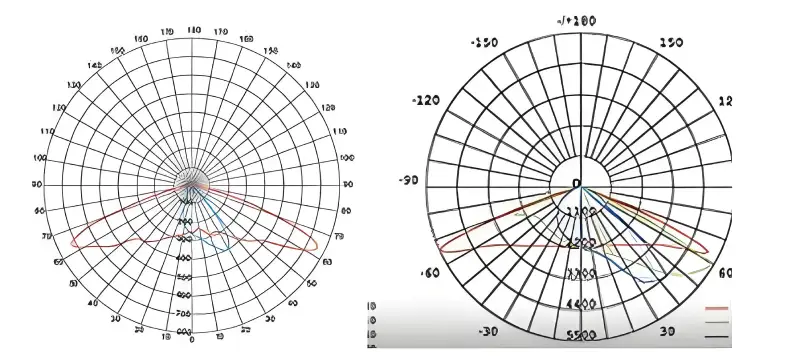
Luminous distribution refers to the brightness distribution of a light source in space, and measuring photometric distribution is an important means of evaluating the uniformity of illumination and beam distribution performance of a lighting system. By measuring the photometric distribution, the illuminance distribution of the lighting system can be understood, providing a basis for lighting design and system debugging.
Principle Formula of Distributed Photometer Testing
A distributed photometer can measure the spatial light distribution of a light source (referring to a luminous object), and can also obtain luminous flux and color parameters (if equipped with chromaticity measurement equipment). The actual luminous intensity of light sources or lamps varies in different directions. To describe the spatial distribution characteristics of its luminescence, it is necessary to use the luminescence intensity distribution curve (also known as the light distribution curve) to represent it. It is an important basis for lighting calculation and design. The light distribution curve, also known as the luminous intensity distribution curve, is a curve that describes the spatial distribution characteristics of the light emitted by a light source or lamp. Lamp distribution photometer is a large-scale precision optical testing equipment, which is an essential and important device for measuring the distribution luminosity of lamps. The traditional distributed photometer is mainly a mechanical structure, which measures the light intensity distribution of the entire three-dimensional space by mechanically controlling the rotation of the probe.
At present, the traditional distributed photometers in development mainly include rotating mirror distributed photometers. The CIE127-1997 specifies the optical and electrical testing requirements for LEDs using several structural forms such as the motion mirror type distribution photometer and the rotating lamp type distribution photometer, which are also the basis for using traditional photometric measurement methods for LED testing.
In recent years, with the development and maturity of CCD imaging technology, and due to its good visualization effect, simplicity and convenience, people have gradually sought to use imaging technology for photometric measurement. Currently, there are already brightness meters based on imaging technology that can assist traditional types of brightness meters. The research on measuring the light intensity distribution of lamps based on imaging photometry is still in the research stage due to its complexity and difficulty in improving accuracy.
Scintillation Measurement
The flicker of light sources can cause visual fatigue and discomfort to the human eye, and flicker measurement is an important means of evaluating the stability performance of light sources. Through flicker measurement, the flicker frequency and amplitude of the light source can be understood, providing a basis for the quality evaluation and selection of lighting products. The commonly used measurement methods for lighting fixtures include oscilloscope measurement, frequency meter measurement, and mobile app measurement.
Oscilloscope Measurement Method
Using an oscilloscope, the voltage waveform and ripple of the power output can be observed in real time to determine whether there is a flicker problem with the lighting fixture. The specific method is to connect the oscilloscope probe to the positive and negative poles of the lamp, turn on the lamp for testing, and observe whether there are obvious amplitude fluctuations or sudden frequency changes in the waveform.
Frequency Meter Measurement Method
The use of a frequency meter can directly measure the frequency output of the lamp and determine whether there is a flicker phenomenon. The specific operation is to connect the frequency meter to the power output port of the lamp, turn on the lamp for testing, and read the data displayed on the frequency meter. If there is a sudden change in frequency or a low frequency, it indicates that the lamp has a significant flicker problem.
Mobile APP Measurement Method
There are also some mobile apps on the market specifically designed for measuring the flicker of lighting fixtures, which are simple and convenient to use. For example, apps such as “LED strobe detector” can capture videos of lighting fixtures working through a camera, analyze the strobe situation in the video through software, and determine whether there is a strobe problem with the lighting fixtures.
Energy Efficiency Measurement
Energy efficiency refers to the luminous flux per unit energy consumption of a light source, usually measured in lumens per watt (Im/W). Energy efficiency measurement is an important means of evaluating the energy efficiency performance of light sources. Through energy efficiency measurement, the energy efficiency level of light sources can be understood, providing a basis for the energy efficiency evaluation and selection of lighting products.
The energy efficiency testing of lamps is to evaluate the energy efficiency level of lamps by testing and analyzing multiple indicators such as electrical parameters, light efficiency, and power factor.
Electrical parameter testing: including measurement of voltage, current, power and other parameters to evaluate the power consumption of lighting fixtures.
Light efficiency testing: Evaluating the light efficiency of a lamp by measuring the ratio between the luminous flux emitted by the lamp and the electricity consumed.
Power factor testing: used to evaluate the load situation of lighting fixtures on the power grid in actual use. High power factor can improve the utilization efficiency of the power grid.
Summary
In summary, lighting measurement is an important means of evaluating the performance of lighting systems and the quality of light sources. Different lighting measurement methods can objectively evaluate the performance indicators of lighting systems, such as illuminance, light color, beam, photometric distribution, flicker, and energy efficiency, providing scientific basis for lighting design, product selection, and lighting engineering. When conducting lighting measurements, attention should be paid to selecting appropriate measuring instruments and methods to ensure the accuracy and reliability of the measurement results.
